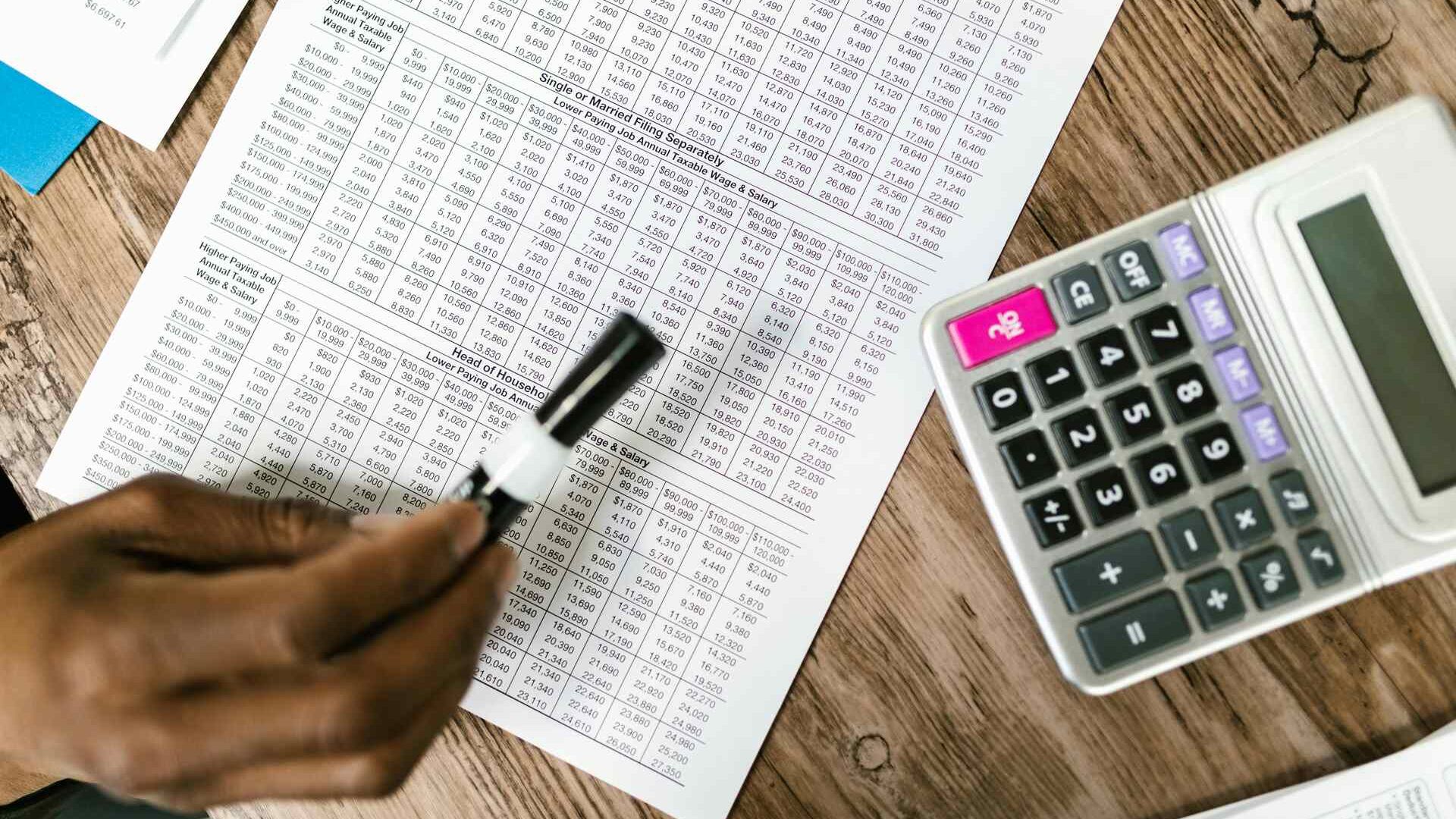
Home energy credits are a fantastic way to save money while improving your home's efficiency. These credits can help offset the costs of energy-efficient improvements and clean energy installations, making it more affordable to invest in a greener home. However, understanding the nuances of these credits can be challenging. In this blog post, we’ll unravel the truth about home energy credits, clarifying who qualifies, what types of improvements are eligible, and how you can take full advantage of these opportunities.
What Are Home Energy Credits?
Home energy credits are tax incentives designed to encourage homeowners to make energy-efficient upgrades to their properties. These credits can reduce your tax liability, making it more affordable to invest in home improvements that lower your energy consumption and environmental impact.
Types of Home Energy Credits
There are two main types of home energy credits:
- Energy Efficient Home Improvement Credit: This credit is available for improvements made to existing homes, such as new windows, insulation, and energy-efficient HVAC systems.
- Residential Clean Energy Property Credit: This credit applies to clean energy installations, including solar panels, wind turbines, and geothermal heat pumps.
Qualifying for Home Energy Credits
Not all improvements or residences qualify for these credits. Here’s what you need to know:
- Qualifying Residences: The credits apply only to homes located in the United States and used as a principal residence. Improvements made to rental properties or second homes may not be eligible, though renters making eligible improvements may qualify for certain credits.
- Existing vs. Newly Constructed Homes: The Energy Efficient Home Improvement Credit applies to existing homes or renovations, but not new constructions. Conversely, the Residential Clean Energy Property Credit can be used for both existing and newly constructed homes.
- Business Use: If a portion of the property is used for business purposes, the credits may be reduced proportionally. For instance, if a home office occupies more than 20% of the residence, only the non-business portion of the credit may be claimed.
How to Maximize Your Savings
To maximize your savings, follow these steps:
- Keep Records: Document all expenses related to energy-efficient improvements and clean energy installations. This documentation will be crucial when claiming your credits.
- Consult a Tax Professional: Tax laws and regulations can be complex. Consulting a tax professional can help ensure that you’re claiming all eligible credits and complying with current tax regulations.
- Stay Informed: Tax credit regulations can change, so stay updated on the latest information to ensure you’re taking full advantage of available credits.
By understanding and utilizing home energy credits, you can reduce the cost of making your home more energy-efficient and environmentally friendly. Be sure to keep detailed records of your improvements and consult with a tax professional to ensure you receive the maximum benefit from these credits.
Frequently Asked Questions
Qualifying improvements include new windows, doors, insulation, and energy-efficient HVAC systems. Make sure these improvements are made to an existing home used as your principal residence.
